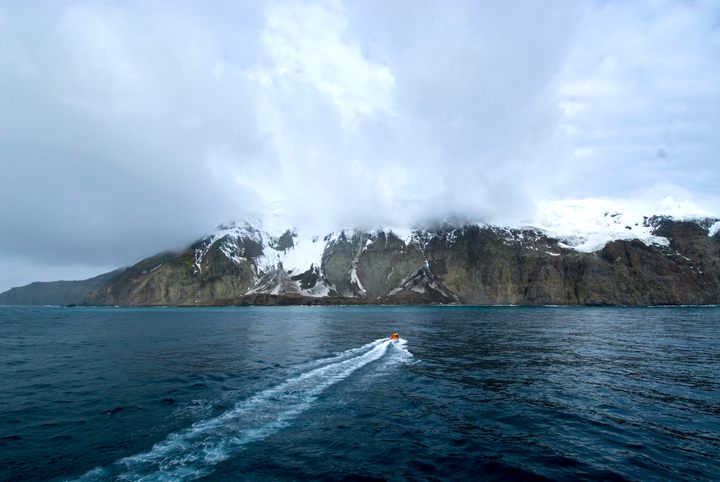
Can You Be Addicted to Travel?
An exploration of wanderlust, compulsive curiosity, and the world’s most traveled persons.
This story is excerpted and adapted from Dave Seminara’s Mad Travelers: A Tale of Wanderlust, Greed and the Quest to Reach the Ends of the Earth, released in June 2021 by Post Hill Press.
Thirty-some-odd years ago, Don Parrish decided to visit all 50 U.S. states. Completing that feat only stoked his appetite for more, so he set out to apply the same concept on a global basis, visiting every region of every country. He says he’s a homebody despite the fact that he has since visited all 32 Chinese provinces, 28 states in India, 83 Russian oblasts, 27 regions of France, 16 German Länder, and so on. (And these political subdivisions aren’t static, so when a new region is created, Parrish goes back to check it off his list. Oh no, South Sudan is now a country? Gotta go back!)
Parrish is recognized as one of the world’s most traveled persons by all of the leading “country-collecting clubs,” including Most Traveled People (MTP) and Nomad Mania. His goal is to go everywhere on the planet, and he’s been closing in on completing the MTP travel list in recent years. Most of the places left on his to-do list are obscure, remote islands with no regular ferry service, or spots that governments have declared off-limits to travelers.
Parrish is a trim, robust man in his 70s with neatly parted gray hair, pale blue eyes, and a bushy lumberjack beard. He’s a retired telecommunications engineer who looks like he’s ready to go back to work at any moment. He wears a Fitbit device to track how many steps he walks each day and keeps a favorite pen tucked in his shirt pocket. His travel obsession started in the summer of 1965 when, as a college student from Texas, he worked as an unskilled laborer in a metal factory in Hanau, West Germany, as part of an exchange program. This formative experience gave him a taste for travel that has only intensified over the years. Travel, he believes, is a pursuit of knowledge, and each trip leads to the next one.

For hyper-organized Parrish, travel isn’t just a pastime or a hobby. He prepares laminated itineraries for each journey, detailing his itinerary and goals for the trip. And he has recently begun to record and document every passport stamp he has accrued so he knows exactly when he entered and exited every country he has traveled to over the years. He calls this a “personal travel archaeology” project, and says the point isn’t to prove that he’s the most traveled person but rather just for his own record-keeping.
“I like to be able to look back and see that on July 7, 1996, on trip number 54 [he also assigns each of his trips a number], I was in a particular place,” he explained.
I met Parrish for the first time in a small park near his home in Downers Grove, a suburb of Chicago. He arrived early and had a black briefcase with some of his laminated trip itineraries and books detailing all his passport stamps. We had a lot to talk about but had a hard time agreeing on how to proceed. Parrish is a methodical, analytical thinker and he quickly grew frustrated when I would interrupt one of his stories to ask a question.
“We’ll get to that,” he’d say.
Parrish travels with his own pillow and has no souvenirs in his home—he doesn’t like to waste money, and the place isn’t big enough.
“Some people spend their money on nice clothes and fancy cars,” he said. “I spend my money on travel.”
The only evidence of his travels inside his home is a map of the world in a hallway. But, no, there are no pins to indicate where he’s been.
“There would be pins everywhere,” he explained.
Most pleasure trips are for a finite period of time to specific destinations. The journey is supposed to provide a solution—it could be anything from satisfying curiosity about a place or needing a break from routine to seeing a specific sight, finding a partner, or any other purpose.
But for those inflicted with intensive wanderlust, these trips provide a powerful sense of momentum. Visit Thailand and you’ll meet travelers who swear that Laos is more authentic. Go to Laos and others will insist that you haven’t seen a thing until you’ve been to Cambodia. The next thing you know, you’ve quit your job and are living out of a suitcase.
Once you’re hooked on travel, you can never really feel sated because it’s not really a small world after all. It’s immense, and pursuing the bits you haven’t seen can evolve into an obsession.
The word “wanderlust” comes from the German verb wander—“to hike.” Wanderlust is literally a desire to hike, but Daniel Garrison Brinton, a surgeon who spent a year traveling after medical school in the 1850s, hit on the deeper meaning of the term in his 1902 book with the not-so-sexy title The Basis of Social Relations. He described wanderlust as an “inexplicable” force, “fraught with consequences to world-history.” “This wanderlust arises as an emotional epidemic, not by a process of reasoning,” he wrote.
Maurice Farber, a longtime professor of psychology at the University of Connecticut who died in 2009, neatly summarized how compulsive travel can become a hamster wheel, where we keep moving without understanding why, in his oft-cited paper, “Some Hypotheses on the Psychology of Travel,” half a century later, in 1954.

“Travel is, for some, a genuine compulsive symptom in the sense that it reflects persistent and powerful unconscious strivings,” he wrote.
Indeed, travel is as addictive as sugar, cigarettes, or any drug. Good trips, bad trips, mediocre trips—in some ways, it hardly matters when you just need your next fix. And wanderlust can indeed be an emotional epidemic, as Garrison Brinton suggested more than a century ago. I avoid using the term “travel bug” because a “bug” is a minor affliction that disappears quickly. No, wanderlust is indeed more like an epidemic—something powerful that isn’t easy to shake or disregard. A force of nature.
We know a lot about compulsive and neurotic behaviors—hoarding, phobias, and addictions to gambling, drugs, sex, porn, and food—but very little has been written about compulsive wandering. Many travelers freely admit that they are “addicted” to travel, but these admissions are made in a light-hearted context: Almost no one thinks of travel as a potentially serious problem because—let’s face it—for most of us, travel is fun.
Can travel be a bona fide addiction? You won’t find travel addicts convulsing on the floor in a cold sweat, and there are no 12-step programs, halfway houses, or methadone clinics for the afflicted. But compulsive travelers can become dependent on travel to achieve a high they can’t find anywhere else. And that dependence makes it difficult to come home.
Anyone—even the president of the United States of America—can feel a little lost at the end of a long journey. After two terms, Ulysses S. Grant left the White House on uncertain financial footing, but, rather than try to cash in on his notoriety, he elected to indulge his wanderlust, taking a two-year-and-four-month-long journey around the world.

Biographer Ron Chernow said that Grant displayed “inexhaustible curiosity about the daily habits of ordinary people, seeking out obscure nooks of cities where he could watch them incognito.” His wife, Julia Grant, devoted a third of her memoir to describing the trip.
They traveled with their sons for part of the journey and were nomads during this time, with no fixed abode. As they sailed back to San Francisco from Japan in September 1879, Grant, according to Chernow, “returned home with some trepidation, even a creeping sense of dread, unsure of how he would make a living or even where he would live.”
Writing to his friend and former secretary of state, Elihu Washburne, Grant said, “I have no home but must establish one after I get back. I do not know where.”
Grant later told reporters that he had been homesick a year into his journey but had gotten used to the vagabonding lifestyle and rather liked it: “A year and a half ago, I was thoroughly homesick, but the variation of scene and the kindness which I have met with have almost done away with that feeling.”
The Grants ended up living nomadically for four years. The former president thought he couldn’t afford to live in a city but he found Galena, Illinois, where he grew up, too depressing. They landed on their feet, on East Sixty-Sixth Street in New York, across from Central Park, thanks to a $100,000 gift from wealthy benefactors. Sadly, health problems prevented him from repeating his world tour and he died of throat cancer in 1885.
The natural inclination for the obsessed traveler is to exterminate that post-travel depression by planning a new trip. The problem is that few of us have the luxury of traveling wherever and whenever we damn well feel like it. Work and family commitments, not to mention limited finances, can keep us grounded. And even if you try to structure a career path to accommodate a travel addiction, there are obstacles to overcome.
Ruth Engs, a professor of public health at Indiana University, told me that any activity or behavior can turn into an addiction. “Some activities [like travel] are ‘positive addictions’ but they can disrupt personal, family, work, financial stability, and other life commitments and can be considered an addictive behavior,” she says.
Joseph Troiani, a professor of psychology at Adler University, echoed that assertion, telling me that travel can turn into a compulsive behavior for people who are looking to escape reality or use it as an avoidance strategy.
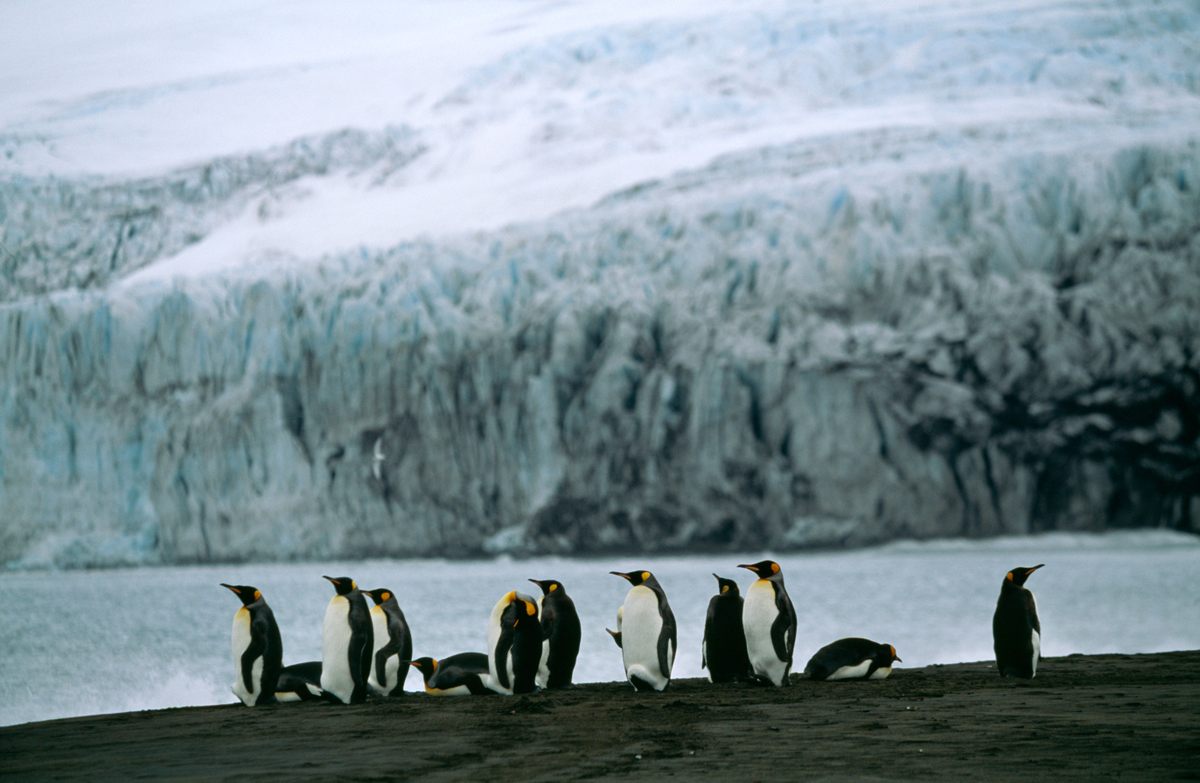
“It can be a way to delay or completely avoid doing things we don’t want to do,” he says. “It’s easy to get hooked on travel because it stimulates the pleasure centers in the brain.”
Even if there’s general agreement that just about any behavior can turn into an addiction, I wanted to find a therapist accustomed to treating much nastier addictions—drugs, sex, porn, gambling—to see if they would take a self-diagnosed travel addiction seriously.
I found Pete Pennington, a psychotherapist with a master’s degree in clinical mental health counseling, specializing in gambling and other addictions, on the website of the magazine Psychology Today. A fit guy with fine, straw-colored hair whom I took to be around my age—45—Pennington ushered me inside a fluorescently lit office adorned with a bike, an aquarium, and a dry-erase board still filled with notes from his previous client, a gambling addict who was smiling as she exited the building.
“I just finished a really intense session, so I’m a little wiped out,” Pennington said, taking a photo of his notes from the dry-erase board.
I felt a bit uneasy introducing the topic of travel addiction after he had just treated someone with what most would consider a much more serious and dangerous condition. I was like the guy waiting in line at the police station to flag a jaywalker behind someone reporting a murder. But Pennington set me at ease by establishing early on that he too was a traveler. In 2009, he left his job as a wilderness therapist to take a 10-month trip to India, Nepal, Southeast Asia, and a host of other places. But although he enjoyed the trip, travel never evolved into an addiction.
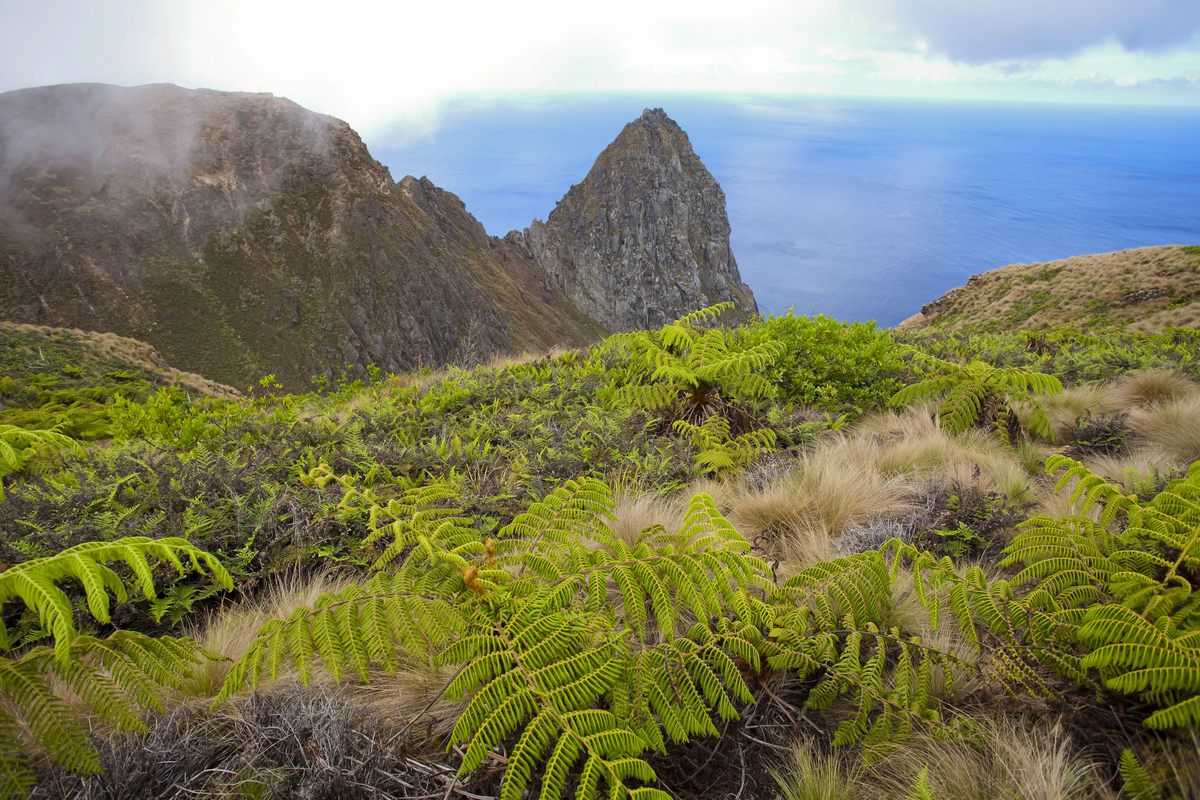
He loved some of the places he visited (Thailand) but was ambivalent or down on others (Egypt). Coming home wasn’t an ordeal. “There is no such thing as a positive addiction,” he said, disagreeing with what I’d heard from Ruth Engs. “An addiction is when the negative consequences of a behavior outweigh the positive ones.”
Pennington said that travel helped him bring the same sense of curiosity he had while in an exotic place back home. “When I was sitting in traffic in Kathmandu, I never felt bored because there was always something interesting to look at,” he said. “I try to be the same way here in Bend [Oregon, where he’s based]. I look around. I try to be observant rather than spacing out.”
I told Pennington a bit about my life as a traveler and about some of the fellow travel addicts I’ve met. But he was undecided on the question of whether travel could be a legitimate addiction. In more than 10 years of treating clients, he’d worked with bipolar types, depressives, hoarders, people with eating and anxiety disorders, and those with addictions to gambling, sex, porn, alcohol, and drugs. But he had never treated anyone with a travel addiction.
“Travel is a complex experience,” he said, stroking a few days of beard growth on his chin. “People are usually addicted to really simple things. I’m not saying travel addiction doesn’t exist but I just don’t know. My instinct is that it’s not the travel that’s someone’s problem but rather some other underlying issue in their life that’s troubling them.”
Since Pennington specializes in gambling addiction, I asked him if most of the gamblers he treats acknowledge their addiction.
“Most of them don’t because addictions disrupt our perception of reality,” he said. “I show them all the statistics about how people who gamble or play the lottery don’t win but it means nothing to them. They’re all convinced that they’ll win if they keep playing.”
Pennington might not see it, but I see parallels between gambling and compulsive traveling. Both pursuits can turn into costly obsessions that can impact careers, relationships, and pocketbooks. And while the gambler thinks if he just keeps rolling the dice, eventually he’ll strike it big, at least some travelers believe that if they keep moving, they’ll find Shangri-la, enlightenment, or the person who will change their life.
Wanderlust starts with curiosity. Not everyone needs to travel to satisfy curiosity. I had an uncle who was a very learned guy with a high degree of intellectual curiosity. But he was able to satisfy his curiosity by reading books rather than going on trips. Is curiosity an inherited trait? If not, what is its underlying cause?
George Loewenstein, a professor of economics and psychology at Carnegie Mellon University, published what is still probably the definitive review and reinterpretation of the psychology of curiosity in 1994. Lowenstein called curiosity a “critical motive that influences behavior in both positive and negative ways at all stages of the life cycle.”
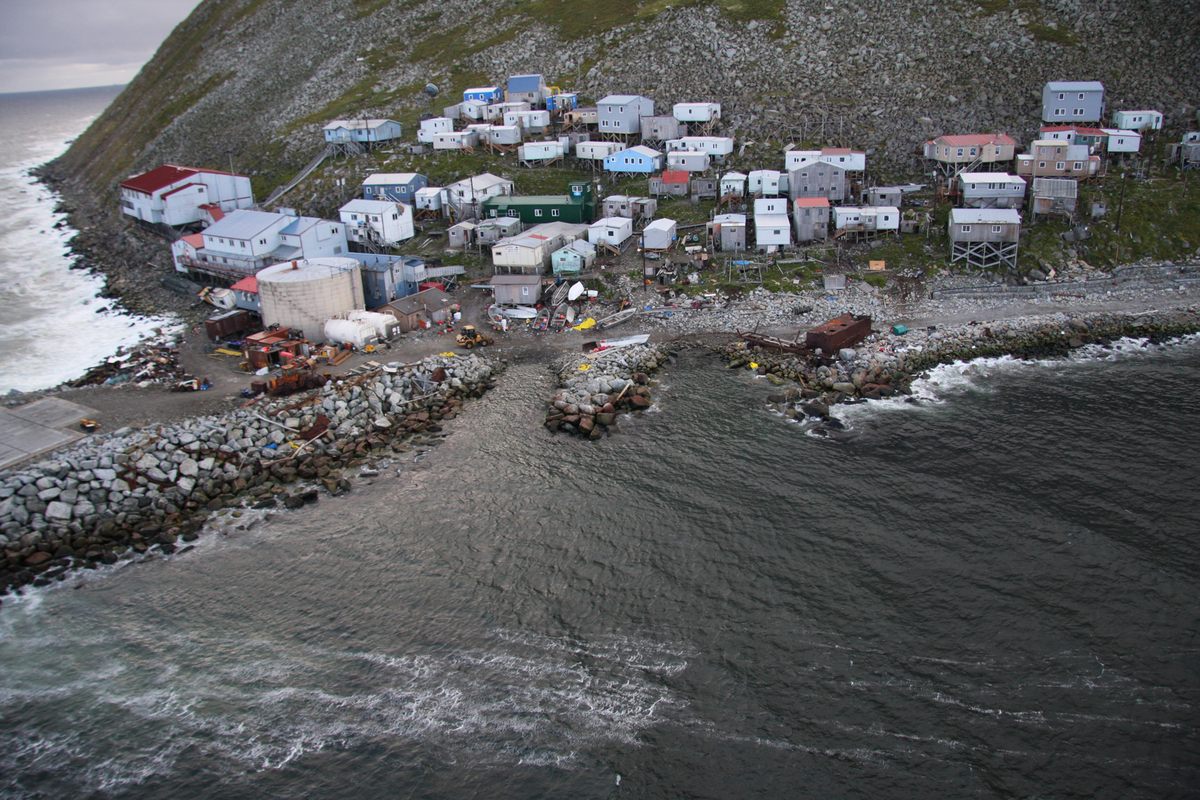
Researchers have established a strong link between curiosity and exploratory behavior, and Loewenstein calls curiosity a “natural human tendency to make sense of the world.”
Curiosity has been a major impetus behind scientific discovery and has served to inspire and stimulate creative types throughout history. But on the downside, it is also associated with behavior disorders one can find as search categories on porn sites, such as voyeurism, and has been blamed for risky behaviors such as drug and alcohol use, early sexual experimentation, and certain types of crime such as arson.
Loewenstein calls curiosity a “form of cognitively induced deprivation that results from the perception of a gap in one’s knowledge.” The more knowledge one gains in a field, the more the curious person will focus on what they don’t know. Curiosity increases with knowledge and as people focus on one area, they can become obsessed with it and realize their shortcomings. The more you travel, the more aware you are of the gaps on your travel resume, particularly if you dwell in the company of the world’s elite competitive travelers. The quest for mastery and completion, i.e., finishing the travel lists, is a powerful one that can be hard to set aside.
In our modern context, curiosity is viewed as almost universally positive. But it hasn’t always been this way. In Greek mythology, Pandora, the first woman created by the gods, succumbed to her curiosity, opening a box (probably a jar) that released all the evils of humanity. Eve ate the forbidden fruit from the tree of knowledge, and in the book of Genesis, Lot’s wife was so curious that she couldn’t resist turning around to look at the city of Sodom. The poor woman—she wasn’t named in the bible, other than “Lot’s wife”—was turned into a pillar of salt.
Stephen Greenblatt, a Pulitzer Prize–winning author and professor of the humanities at Harvard, noted in The New York Times Review of Books in 1998 that for centuries, “Stoic philosophers and Christian theologians struggled to subdue curiosity as one of the most disruptive, intractable and potentially vicious human traits.”
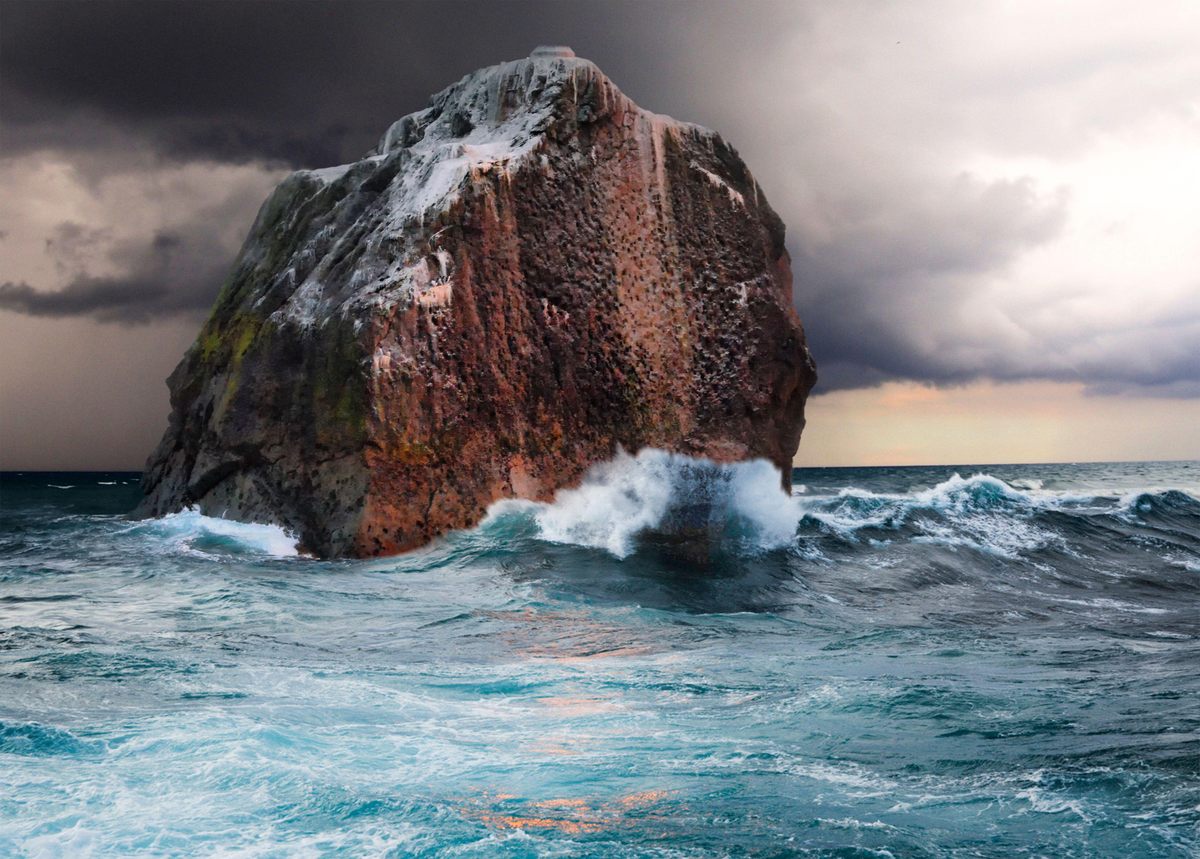
In the 12th century, a French abbot, St. Bernard of Clairvaux, wrote that curiosity was “the first step of pride … the beginning of all sin.” He detailed 12 steps up the mountain of pride, and another 12 down in his work The Steps of Humility and Pride. Curiosity, he asserted, can be healthy, but it can also be sinful when we take it too far, prying into matters that are not our concern.
Apparently some still believe this. Monsignor Charles Pope, a pastor in the Archdiocese of Washington, D.C., concluded in a 2013 piece on the 12 steps that the mountain of pride begins “in the mind with a lack of sobriety rooted in sinful curiosity and frivolous preoccupation.”
St. Augustine referred to curiosity as an “ocular lust.” Cicero thought that the story of Odysseus—the hero of Homer’s epic poem The Odyssey, who spent 10 years making his way home after the Trojan War—was a parable about curiosity. Some 2,000 years ago he remarked, “It was the passion for learning that kept men rooted to the Siren’s rocky shores.” And the 19th-century German philosopher Ludwig Feuerbach viewed curiosity as invoking “painful feelings of deprivation if not satisfied.”
Loewenstein echoed this concern, observing that, “Despite its transience, curiosity can exert a powerful motivational force. Like sexual attraction, curiosity often produces impulsive behavior and attempts at self control…. People who are curious not only desire information but desire it immediately and even seek it out against their better judgment.”
Researchers don’t agree on why we do this but they have identified multiple types of curiosity. One type, referred to as diversive curiosity, which is a kind of general stimulation seeking, is probably most closely related to novelty-seeking and exploratory behavior, but it can also be a garden-variety response to boredom. In 1972, the influential psychologist Jerome Kagan identified four basic human motives—the first, the motive to resolve uncertainty, is synonymous with curiosity. (The others are sensory motives, anger and hostility, and the motive for mastery.)
Loewenstein argued that the key to understanding curiosity seeking “lies in recognizing that the process of satisfying curiosity is itself pleasurable.” And the process of satiating one’s curiosity can indeed be enormously gratifying. But Loewenstein also acknowledged that while “the satisfaction one obtains from satisfying curiosity will undoubtedly occasionally exceed one’s expectations,” he believes that those instances are outnumbered by occasions where the result is disappointing.
For Parrish and other top extreme travelers, travel disappointments often entail failure—not getting to impossibly difficult-to-reach locations, such as Bouvet Island, a kind of holy grail destination for elite country collectors, in the South Atlantic Ocean. Bouvet is a 19-square-mile dependency of Norway, 90 percent covered in glaciers and about a thousand miles away from the nearest populated land mass—tiny Tristan da Cunha, population 262.

Parrish and others tried to visit twice, in 2014 and 2015. Their ship got close enough to see it, but the seas were too violent to attempt a landing—so it didn’t count. It’s been 15 years since anyone has successfully landed on Bouvet. “Failure is not unusual,” Parrish said. “People fail trying to get to places like this. Here is my test for top travelers, tell me all the places you’ve failed to get to. The people who have the longest lists, those are the top travelers.”
When I first met Parrish in 2014, he had just 36 places left to visit on MTP’s list, out of what was then a list of 874. By the end of 2018, he had just 22 left. (Um, they’re now up to 995.) Mind you, whittling this list down from that stage, even modestly, is hard work, as it contains off-limits places and superbly, singularly hard-to-reach destinations, such as the Chesterfield Islands in the middle of the Pacific, Marie Byrd Land in the Antarctic, and more.
I corresponded with Parrish in February 2019 while he was in Mexico, where he planned to visit 20 UNESCO World Heritage sites in two weeks. He had some annoying news to share: Charles Veley, the founder of MTP and the last man to visit Bouvet, had expanded the MTP list to include 19 new places as a “Christmas gift.” Parrish only had four of them already. And so, after five years of arduous travel, his MTP target list had grown from 36 places to 37 (and now it is at 99). The good news, he said, was that two once forbidden islands—Nicobar (in the Bay of Bengal) and Paracel (in the South China Sea)—were opening up. And so, there was always somewhere to go.



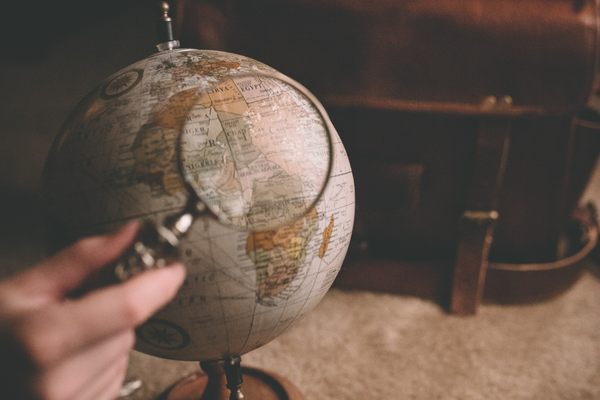



























Follow us on Twitter to get the latest on the world's hidden wonders.
Like us on Facebook to get the latest on the world's hidden wonders.
Follow us on Twitter Like us on Facebook